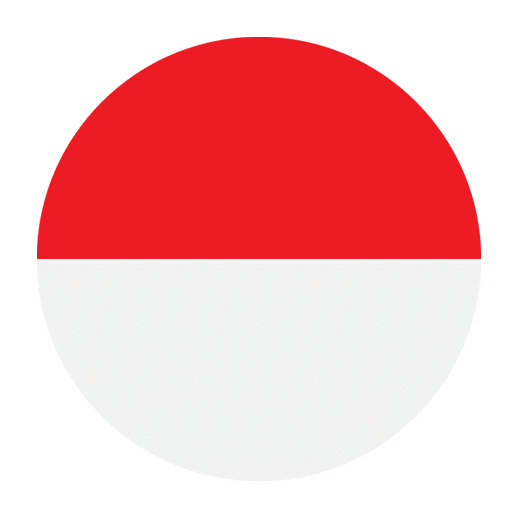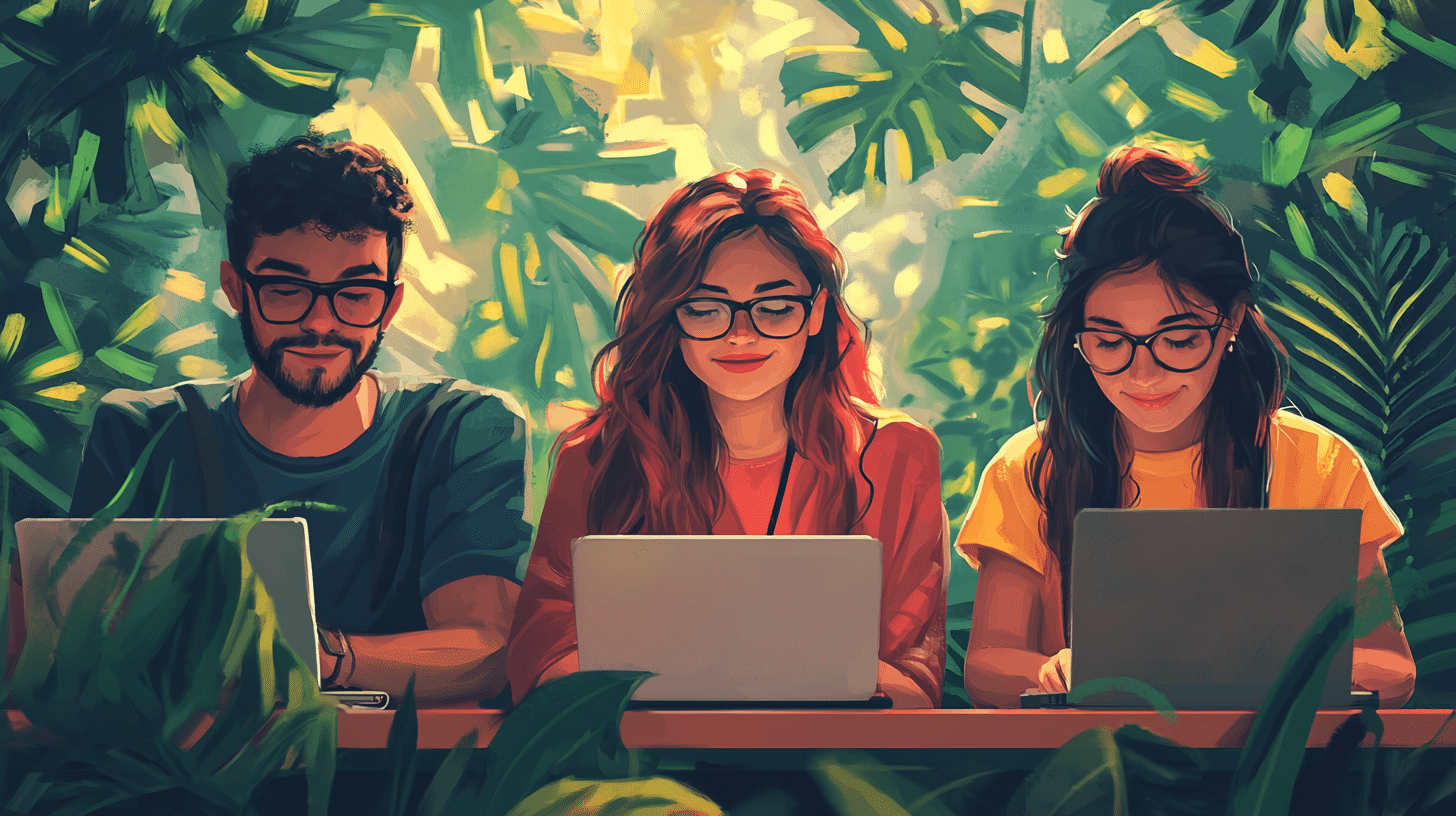Indonesian, also known as Bahasa Indonesia, is the official language of Indonesia, a country with a population of over 270 million people. As a language spoken by millions, Indonesian plays a significant role in various aspects of life in Indonesia and beyond. One of the fascinating areas where Indonesian has made its mark is modern pop culture. From music and movies to social media and fashion, Indonesian is becoming an influential force. This article explores the role of Indonesian in modern pop culture and its impact on both local and global scales.
The Rise of Indonesian Music
One of the most notable areas where Indonesian has made a significant impact is in the music industry. Indonesian pop music, often referred to as “Indo-pop,” has gained immense popularity not only within Indonesia but also in neighboring countries and even further afield.
Dangdut: The Heartbeat of Indonesian Music
Dangdut is a genre of Indonesian popular music that combines traditional Indonesian music with Indian, Malay, Arabic, and Western influences. The genre emerged in the 1970s and has since become an integral part of Indonesian culture. Dangdut music often features catchy melodies, rhythmic beats, and lyrics that touch on themes of love, social issues, and everyday life.
Artists like Rhoma Irama, known as the “King of Dangdut,” have played a crucial role in popularizing the genre. Dangdut concerts and festivals attract massive crowds, and the music is enjoyed by people of all ages. The genre’s popularity has also spread to other Southeast Asian countries, further showcasing the influence of Indonesian music in the region.
Modern Indonesian Pop and Indie Music
In addition to Dangdut, modern Indonesian pop and indie music have also gained traction. Artists like Agnez Mo, Raisa, and Tulus have achieved significant success both domestically and internationally. Agnez Mo, for example, has collaborated with international artists like Chris Brown and Timbaland, bringing Indonesian music to a global audience.
Indonesian indie bands like Noah, Sheila on 7, and Mocca have also garnered a dedicated following. These bands often sing in Indonesian, and their music resonates with fans who appreciate the blend of local language and contemporary sounds.
Indonesian Cinema: A Growing Influence
The Indonesian film industry, known as “Indonesian cinema” or “Perfilman Indonesia,” has experienced remarkable growth in recent years. Indonesian films are gaining recognition at international film festivals, and the industry is producing a diverse range of genres, from romance and drama to horror and action.
International Recognition
Indonesian filmmakers and actors have received accolades at prestigious film festivals such as Cannes, Sundance, and Toronto International Film Festival. Films like “The Raid: Redemption” directed by Gareth Evans have brought international attention to Indonesian cinema. “The Raid,” an action-packed film featuring Indonesian martial arts (Pencak Silat), received critical acclaim and showcased the talent of Indonesian actors like Iko Uwais.
Another notable film is “Marlina the Murderer in Four Acts,” directed by Mouly Surya. This feminist Western thriller received positive reviews and was Indonesia’s official entry for the Best Foreign Language Film category at the 91st Academy Awards.
Streaming Platforms and Accessibility
The rise of streaming platforms like Netflix, Amazon Prime, and Disney+ has made Indonesian films more accessible to a global audience. Indonesian movies and series are now available with subtitles, allowing non-Indonesian speakers to enjoy and appreciate the content. This increased accessibility has contributed to the growing popularity of Indonesian cinema worldwide.
Social Media and Digital Content
Social media has become a powerful tool for language and cultural exchange, and Indonesian is no exception. Platforms like Instagram, YouTube, TikTok, and Twitter have allowed Indonesian content creators to reach a global audience and showcase their creativity.
Influencers and Content Creators
Indonesian influencers and content creators have garnered millions of followers on social media platforms. Figures like Raditya Dika, Ria Ricis, and Maudy Ayunda use their platforms to share content in Indonesian, ranging from comedy and lifestyle to educational and motivational videos. Their influence extends beyond Indonesia, with fans from various countries engaging with their content.
TikTok and the Viral Phenomenon
TikTok, in particular, has become a platform where Indonesian creators can showcase their talents and creativity. Dance challenges, lip-sync videos, and comedic skits in Indonesian often go viral, reaching audiences worldwide. The use of Indonesian in these videos not only promotes the language but also highlights the cultural richness of Indonesia.
Fashion and Indonesian Identity
The fashion industry is another area where Indonesian has made its mark. Traditional Indonesian textiles and designs have gained international recognition, and Indonesian fashion designers are increasingly making a name for themselves on the global stage.
Batik and Traditional Textiles
Batik is a traditional Indonesian textile art that involves dyeing fabric using wax-resist techniques. It is an integral part of Indonesian culture and has been recognized by UNESCO as a Masterpiece of Oral and Intangible Heritage of Humanity. Batik patterns and designs often carry symbolic meanings and are worn on various occasions, from everyday wear to formal events.
Indonesian designers have incorporated Batik into modern fashion, creating contemporary pieces that celebrate traditional craftsmanship. Designers like Anne Avantie and Didiet Maulana have showcased their Batik-inspired collections at international fashion shows, bringing Indonesian culture to a global audience.
Modest Fashion
Indonesia, with its predominantly Muslim population, has also become a hub for modest fashion. The modest fashion industry, which caters to those who prefer clothing that covers the body while still being stylish, has seen significant growth. Indonesian designers like Dian Pelangi and Ria Miranda have gained international recognition for their innovative and fashionable designs.
Modest fashion events like the Jakarta Modest Fashion Week attract designers, buyers, and fashion enthusiasts from around the world. The use of Indonesian in branding and marketing these fashion lines highlights the cultural pride and identity associated with the designs.
The Impact of Indonesian in Modern Pop Culture
The role of Indonesian in modern pop culture is multifaceted and far-reaching. It not only promotes the language but also showcases the rich cultural heritage of Indonesia. The influence of Indonesian in music, cinema, social media, and fashion has several important implications.
Cultural Exchange and Understanding
The presence of Indonesian in modern pop culture facilitates cultural exchange and understanding. When non-Indonesian speakers engage with Indonesian content, whether it be music, films, or social media posts, they gain insight into Indonesian culture, traditions, and values. This cultural exchange fosters mutual respect and appreciation among different communities.
Economic Opportunities
The popularity of Indonesian pop culture also creates economic opportunities. The music and film industries generate revenue through concerts, movie tickets, streaming services, and merchandise sales. Fashion designers and brands benefit from increased visibility and international collaborations. Social media influencers and content creators can monetize their platforms through sponsorships and partnerships.
Language Learning and Preservation
The widespread use of Indonesian in pop culture encourages language learning and preservation. As more people are exposed to the language through music, films, and digital content, there is a growing interest in learning Indonesian. Language learning platforms and apps have seen an increase in users wanting to learn Bahasa Indonesia. Additionally, the use of Indonesian in pop culture helps preserve the language and ensures its continued relevance in a rapidly changing world.
Challenges and Future Prospects
While the role of Indonesian in modern pop culture is undoubtedly significant, there are challenges and areas for improvement. One challenge is the need for more diverse representation within Indonesian pop culture. Efforts should be made to include voices and perspectives from various regions and communities within Indonesia to ensure a more comprehensive portrayal of the country’s cultural diversity.
Furthermore, there is a need for greater support and investment in the creative industries. Government initiatives, funding, and infrastructure development can help nurture and sustain the growth of Indonesian pop culture. Collaboration between local and international artists and creators can also open up new avenues for cultural exchange and innovation.
The future prospects for Indonesian in modern pop culture are promising. As technology continues to evolve and global connectivity increases, Indonesian content will likely reach even larger audiences. The integration of Indonesian culture and language into various forms of media and entertainment will continue to enrich the global cultural landscape.
In conclusion, the role of Indonesian in modern pop culture is a testament to the language’s vitality and cultural significance. From music and cinema to social media and fashion, Indonesian has made a lasting impact on both local and global scales. As the world becomes more interconnected, the influence of Indonesian pop culture will continue to grow, fostering cultural exchange, economic opportunities, and language preservation. The journey of Indonesian in modern pop culture is a dynamic and evolving one, and its contributions will undoubtedly shape the future of global cultural trends.

